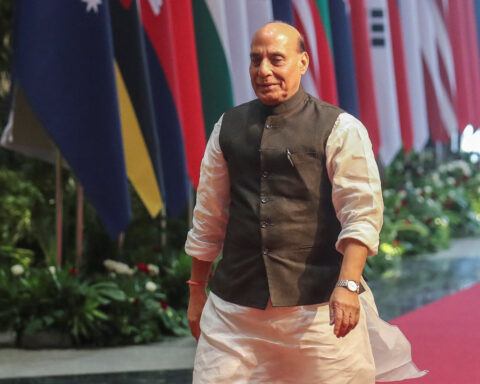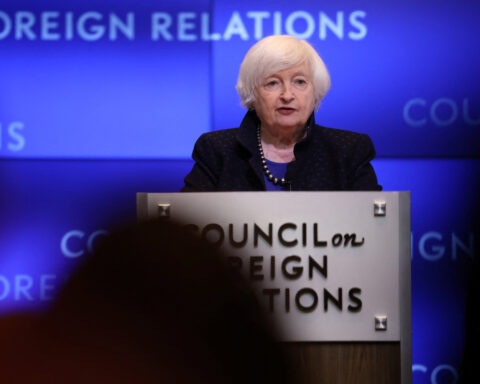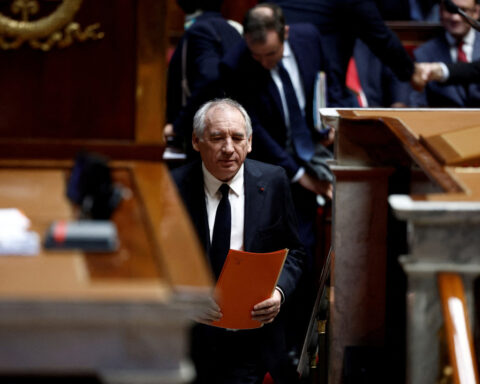By Lucia Mutikani
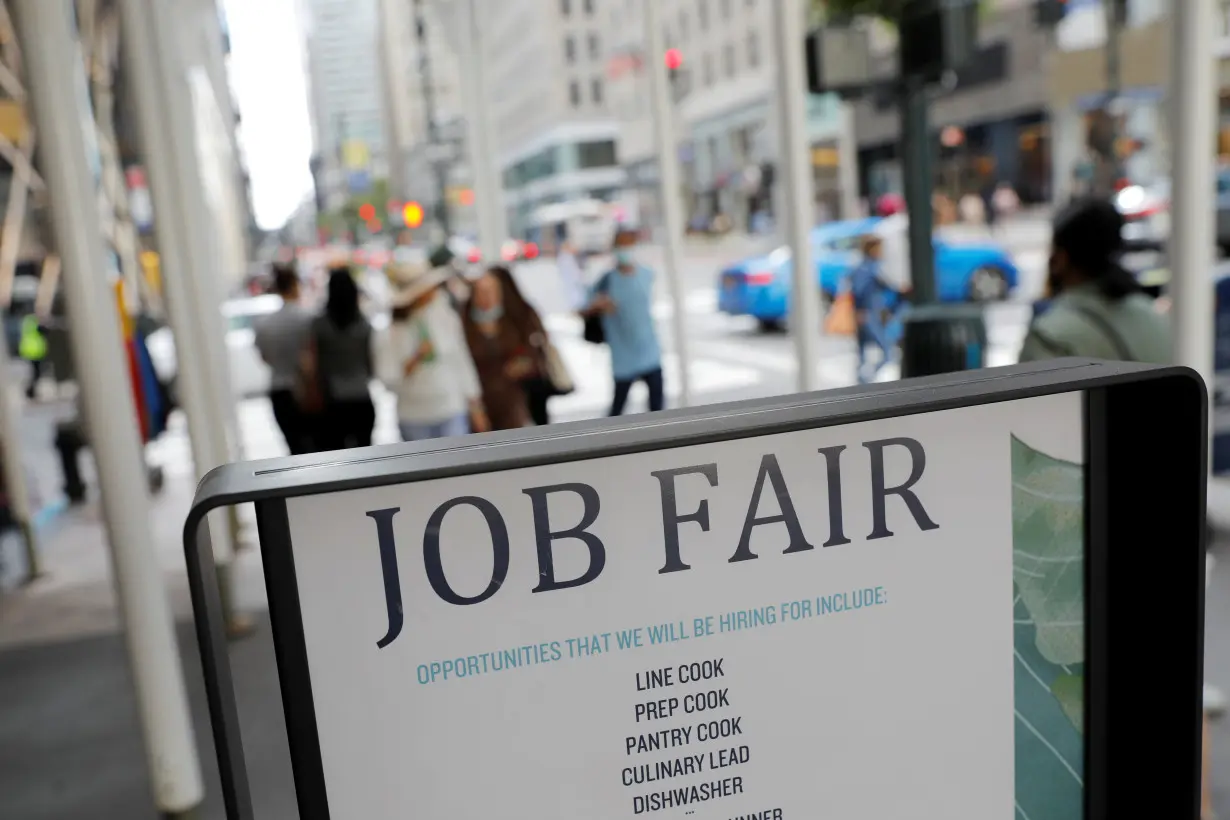
WASHINGTON (Reuters) - U.S. employment increased less than expected in August, but a drop in the jobless rate to 4.2% suggested the labor market was not falling off the cliff to warrant a half-point interest rate cut from the Federal Reserve this month.
The closely watched employment report from the Labor Department on Friday also showed solid wage growth last month, which should help to support consumer spending and keep the economy out of recession for now. Nonetheless, labor market momentum has slowed, with 86,000 fewer jobs added in June and July than previously reported.
The report led to a chorus of Fed officials declaring that the U.S. central bank was ready to start cutting rates at its policy meeting in about two weeks. Higher borrowing costs are curbing overall demand in the economy.
"The labor market is cooling at a measured pace," said Jeffrey Roach, chief economist at LPL Financial. "Businesses are still adding to payrolls but not as indiscriminately. The Fed will likely cut by 25 basis points and reserve the right to be more aggressive in the last two meetings of the year."
Nonfarm payrolls increased by 142,000 jobs last month after a downwardly revised 89,000 rise in July, which was the smallest gain since an outright decline in December 2020, the Labor Department's Bureau of Labor Statistics said. Economists polled by Reuters had forecast payrolls increasing by 160,000 jobs after a previously reported 114,000 gain in July.
June payrolls were revised down by 61,000 jobs to 118,000. The slowdown in employment growth is coming from a step-down in hiring. Layoffs remain at historic low levels.
In addition to waning demand evident in declining job openings, the below-expectations rise in employment last month likely reflected a seasonal quirk, characterized by a tendency for August payrolls to initially print lower relative to the consensus estimate before being revised higher later.
The initial August payrolls counts have been revised higher in 10 of the last 13 years. Economists at Goldman Sachs noted that job growth decelerated by 42,000 relative to its 6-month average in industries that usually have a negative first-print bias in August, "suggesting that today's print might understate actual job gains this month."
Employment gains last month were led by the construction sector, which added 34,000 jobs, driven by heavy and civil engineering construction and nonresidential specialty trade contractors. Healthcare payrolls increased by 31,000 jobs. But momentum has slowed, with the jobs gains about half the average monthly increase of 60,000 over the last 12 months.
Social assistance employment increased 13,000, a smaller rise than the average monthly gain of 21,000 over the past year. There were increases in the financial activities, wholesale trade, transportation and warehousing as well as leisure and hospitality sectors. Government payrolls increased 24,000.
But manufacturing employment dropped 24,000. The retail sector shed 11,100 jobs. There were also job losses in the information industry. Temporary help employment, a harbinger for future hiring, continued to shrink, though at a slower pace.
The share of industries reporting job growth increased to 53.2% from 47.8% in July. Average hourly earnings rose 0.4% after gaining 0.2% in July. Wages increased 3.8% year-on-year after advancing 3.6% in July.
Economists said solid wage growth argued against the Fed delivering anything more than a quarter-point rate reduction, even though policymakers are now more focused on the labor market. The average workweek rebounded to 34.3 hours after being reduced to 34.2 hours in July as Hurricane Beryl caused disruptions in parts of Texas.
"The job market is bending, but it's not breaking. The bears aren't getting what they wanted," said David Russell, global head of market strategy at TradeStation. "This economy is getting less cyclical, which could be an unexpected positive for an aging population."
Financial markets initially raised the chances of a half-point rate cut at the Fed's Sept. 17-18 policy meeting to above 50% before slashing them to 25%, CME Group's FedWatch Tool showed. The odds of a 25 basis point rate reduction increased to 75% from 57% earlier.
Fed Governor Christopher Waller said on Friday "the time has come" for the central bank to begin a series of interest rate cuts this month, adding "if the data suggests the need for larger cuts, then I will support that as well."
Stocks on Wall Street were trading lower. The dollar edged up against a basket of currencies in choppy trade. The yield on the benchmark 10-year U.S. Treasury note rose after earlier reaching a 15-month low.
MORE PART-TIME WORKERS
The Fed has maintained its policy rate in the current 5.25%-5.50% range for more than a year, having raised it by 525 basis points in 2022 and 2023.
A surge in immigration, which is partly blamed for the jump in the unemployment rate from a five-decade low of 3.4% in April 2023, now means the economy needs to create between 145,000 and 200,000 jobs per month to keep up with growth in the working-age population. Household employment rose 168,000 last month, more than absorbing the 120,000 people who entered the labor force.
That pulled the unemployment rate down from near a three-year high of 4.3% in July. The jobless rate had risen for four straight months. Despite the increase in household employment, more people are working part-time because of business slack.
The number of people working part-time for economic reasons increased by 264,000. Fewer people are, however, experiencing long bouts of unemployment.
"The economy is not unraveling, so the soft-landing scenario where inflation recedes while the economy continues to grow remains intact for now," said Christopher Rupkey, chief economist at FWDBONDS.
(Reporting by Lucia Mutikani; Editing by Andrea Ricci)

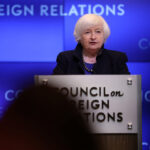 Yellen defends COVID spending, says it saved millions from losing jobs
Yellen defends COVID spending, says it saved millions from losing jobs
 Futures flat on caution ahead of bank earnings, key inflation data
Futures flat on caution ahead of bank earnings, key inflation data
 Comoros ruling party wins parliamentary elections, opposition rejects results
Comoros ruling party wins parliamentary elections, opposition rejects results
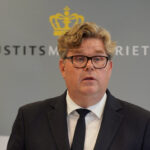 Sweden seeks to change constitution to be able to revoke citizenships
Sweden seeks to change constitution to be able to revoke citizenships
 Italy protests to Venezuela over arrest of NGO worker
Italy protests to Venezuela over arrest of NGO worker
 Euro zone's depressed industry records small rebound in November
Euro zone's depressed industry records small rebound in November
 Bayern Munich signs US youngster Bajung Darboe from LAFC
Bayern Munich signs US youngster Bajung Darboe from LAFC
 Novak Djokovic breaks a tie with Roger Federer for the most Grand Slam matches in tennis history
Novak Djokovic breaks a tie with Roger Federer for the most Grand Slam matches in tennis history
 China's RedNote: what you need to know about the app TikTok users are flocking to
China's RedNote: what you need to know about the app TikTok users are flocking to

